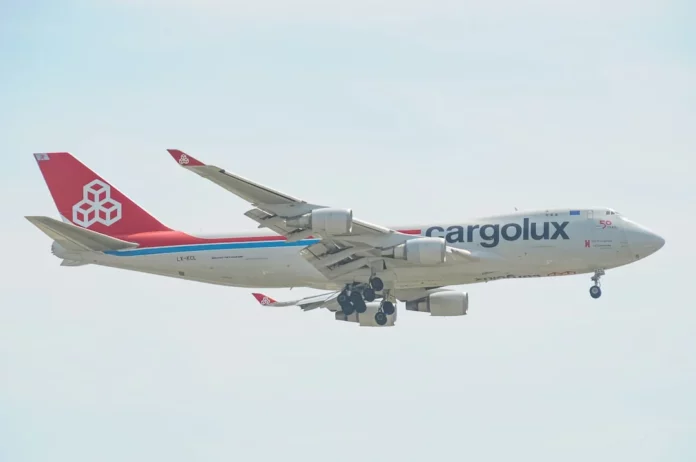In the world of aviation, there are numerous terms and abbreviations that pilots and air traffic controllers use to communicate and ensure safe and efficient flight operations. One such term is Minimum Vectoring Altitude (MVA), which plays a crucial role in guiding aircraft during the vectoring process. In this article, we will explore the concept of MVA, its significance in aviation, and how it is determined.
Understanding Minimum Vectoring Altitude (MVA)
Minimum Vectoring Altitude (MVA) refers to the minimum altitude that air traffic controllers must assign to aircraft during vectoring procedures. Vectoring is the process by which controllers direct aircraft along specific routes or headings to ensure separation and facilitate efficient traffic flow.
The MVA is established for each sector of controlled airspace and provides a safe buffer between aircraft operating at different altitudes. It ensures that aircraft maintain a minimum vertical separation, which minimizes the risk of mid-air collisions or other airspace conflicts. By adhering to the assigned MVA, pilots can fly confidently, knowing that they are safely separated from other traffic in their vicinity.
Determining Minimum Vectoring Altitude
The determination of the Minimum Vectoring Altitude takes into account various factors. These include terrain, obstructions, communication and navigation capabilities, and radar coverage. The main goal is to establish an altitude that provides adequate clearance from the ground and any obstacles, while still maintaining a reliable radar coverage for air traffic controllers.
One critical aspect of determining the MVA is ensuring that it provides a minimum clearance of 1,000 feet above the highest obstacle within a specified radius from the intended route. This clearance radius is typically based on the radar’s range and accuracy, taking into account factors such as radar beam width and the potential for positional errors.
Additionally, the MVA also considers aircraft performance capabilities and noise abatement procedures. Certain aircraft types may have specific climb gradients or performance limitations that need to be accounted for when determining the appropriate MVA. Noise abatement procedures may require aircraft to fly at higher altitudes to reduce noise impact on the ground, which could influence the MVA assignment for a particular area.
Implementing Minimum Vectoring Altitude in Aviation
Minimum Vectoring Altitude is an essential tool for air traffic controllers to ensure safe separation and efficient traffic flow. When assigning an MVA to an aircraft, controllers must consider the altitude restrictions specified in the sector’s Standard Instrument Departure (SID) and Standard Terminal Arrival Route (STAR) procedures.
Furthermore, controllers must take into account any published Minimum Safe Altitude (MSA) within the sector. The MSA provides a minimum safe altitude for emergency situations, such as engine failure, during which pilots may need to maintain a specific altitude for extended periods. When assigning an MVA, the controller must ensure that it is above any applicable MSA to guarantee a safe buffer for emergency scenarios.
It is important to note that Minimum Vectoring Altitude is not the same as Minimum Enroute Altitude (MEA) or Minimum Sector Altitude (MSA). The MEA is the minimum altitude that provides acceptable navigation signal coverage along airways, while the MSA guarantees obstacle clearance within a specified radius from a particular navigational aid.
To maintain safe separation and efficient traffic flow, air traffic controllers constantly monitor radar displays and adhere to prescribed altitude assignments. They adjust the MVA based on the position and altitude of the aircraft within their sector, ensuring that each aircraft is safely guided through the airspace and remains separated from other traffic.
In conclusion, Minimum Vectoring Altitude (MVA) is a vital component of aviation operations. It provides a safe buffer between aircraft operating at different altitudes, minimizing the risk of collisions and airspace conflicts. By considering factors such as terrain, obstructions, communication and navigation capabilities, radar coverage, aircraft performance, and noise abatement procedures, air traffic controllers determine the appropriate MVA for each sector of controlled airspace. Implementing the MVA ensures safe separation and efficient traffic flow, resulting in the smooth operation of the aviation system.




